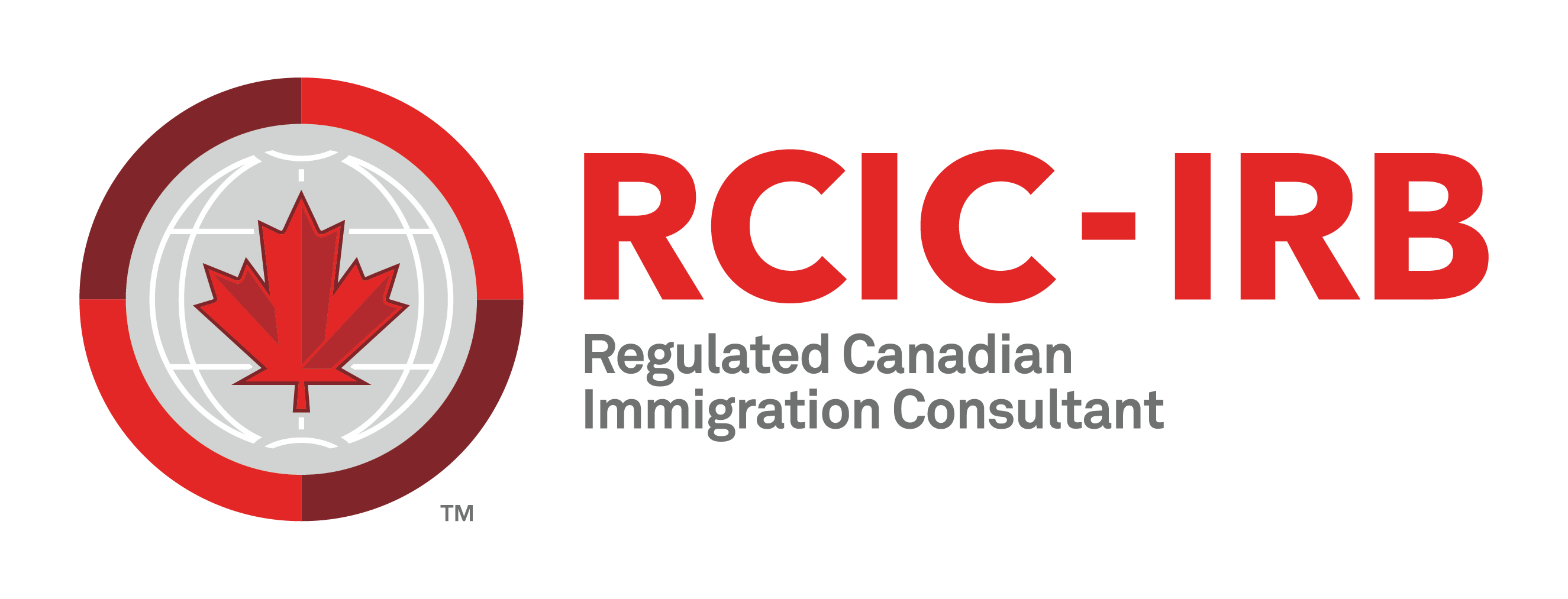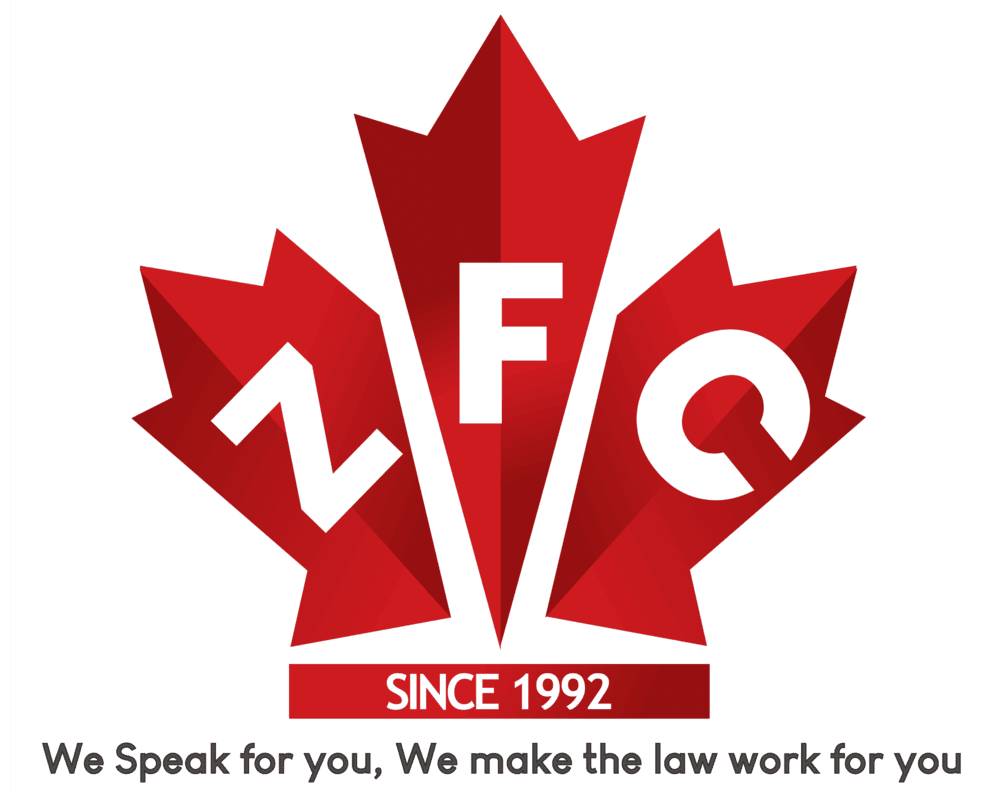
Last Updated On 14 June 2025, 1:26 PM EDT (Toronto Time)
On June 13, 2025, the government of Canada announced the rollout of the new Canada Disability Benefit (CDB), with the first payments set to begin in July 2025.
Unveiled by Patty Hajdu, Minister of Jobs and Families, this transformative program aims to support over 600,000 low-income individuals aged 18 to 64 living with disabilities.
With applications opening on June 20, 2025, now is the time for eligible Canadians to prepare for this vital financial benefit of up to $2,400.
This comprehensive guide dives into every aspect of the CDB, from eligibility and application processes to benefit calculations and real-world impacts.
Whether you’re a person with a disability, a caregiver, or an advocate, this article equips you with the knowledge to navigate this new benefit and share its importance with others.
Let’s explore how the CDB is poised to reshape Canada’s social safety net and empower those who need it most.
Table of Contents
The Canada Disability Benefit (CDB) is a federally administered financial support program designed to provide up to $2,400 per year ($200 per month) to low-income Canadians with disabilities aged 18 to 64.
Enacted through the Canada Disability Benefit Act on June 22, 2024, and supported by $6.1 billion over six years from Budget 2024, the CDB is a cornerstone of Canada’s commitment to improving the lives of individuals with disabilities.
Unlike provincial or territorial disability income supports, which vary by region, the CDB is a national benefit intended to supplement existing programs.
It fills a critical gap in the federal social safety net, bridging the financial support provided by the Canada Child Benefit for families with children and Old Age Security for seniors.
For working-age adults with disabilities, the CDB offers a consistent, accessible source of income to help cover essential costs like accessible housing, medical care, assistive devices, and daily living expenses.
The benefit is administered by Service Canada, ensuring a streamlined and inclusive process for applicants.
With an estimated 600,000 eligible recipients, the CDB is set to make a profound impact, reducing poverty and enhancing financial stability for some of Canada’s most vulnerable citizens.
Eligibility for the CDB is straightforward but requires careful attention to ensure applicants meet all criteria. To qualify, you must:
- Be aged 18 to 64: If you’re under 18, you can apply after turning 17.5, but your application won’t be processed until your 18th birthday. If you’re 65 or older, you may be eligible for back payments for up to 24 months from the date of your application, but not for months before July 2025.
- Be approved for the Disability Tax Credit (DTC): The DTC is a non-refundable tax credit for individuals with severe and prolonged impairments. Approval for the DTC is a prerequisite for the CDB, so ensure your DTC status is current.
- Have filed your 2024 federal income tax return: Both you and your spouse or common-law partner (if applicable) must have filed your taxes with the Canada Revenue Agency (CRA). In exceptional cases, this requirement may be waived.
- Be a Canadian resident for income tax purposes: You must reside in Canada and be one of the following:
- A Canadian citizen.
- A permanent resident.
- An individual registered or entitled to be registered under the Indian Act.
- A protected person (e.g., a refugee).
- A temporary resident who has lived in Canada for the past 18 months.
The federal government will proactively reach out to eligible Canadians by sending letters inviting them to apply, starting in June 2025.
If you believe you qualify but haven’t received a letter, you can still apply through Service Canada’s accessible channels.
The Disability Tax Credit (DTC) is a critical eligibility requirement for the CDB.
To qualify for the DTC, you must have a severe and prolonged impairment in physical or mental functions, as certified by a medical practitioner.
The impairment must:
- Significantly restrict your ability to perform basic activities of daily living (e.g., walking, seeing, hearing, speaking, feeding, dressing, or mental functions) at least 90% of the time.
- Be expected to last for a continuous period of at least 12 months.
If you’re not yet approved for the DTC, you can apply through the CRA by submitting Form T2201, Disability Tax Credit Certificate, completed by your doctor or other qualified practitioner.
Processing times for DTC applications can take several weeks, so start this process early to ensure eligibility for the CDB by June 2025.
For those unsure about their DTC status, community-based organizations funded by the federal government will offer navigation support to guide you through the DTC and CDB application processes.
These services are designed to be accessible and individualized, accommodating diverse needs such as language barriers, mobility challenges, or cognitive impairments.
The CDB application process is designed to be barrier-free, offering multiple options to suit individual preferences and needs.
Starting June 20, 2025, eligible Canadians can apply through:
- Online: A self-serve portal on the Service Canada website, optimized for accessibility with screen readers, large text options, and multilingual support.
- In-Person: At Service Canada Centres across the country, where trained staff can assist with applications and answer questions.
- By Phone: Through a dedicated CDB hotline, offering support for those who prefer verbal communication or require assistance due to literacy or technological barriers.
To ensure a smooth rollout, the government has partnered with community-based organizations to provide navigation services.
These organizations will help applicants:
- Understand eligibility requirements.
- Complete DTC and CDB applications.
- Access translation or interpretation services.
- Navigate other federal, provincial, or territorial disability programs.
For those curious about potential payments, Service Canada has launched a benefit estimator tool, allowing users to input their income and family details to estimate monthly CDB amounts.
This tool is particularly helpful for planning finances and understanding how the benefit fits into your budget.
- June 20, 2025: Applications open for the CDB.
- June 30, 2025: Deadline for applications to receive the first payment in July 2025.
- July 2025: First CDB payments issued to approved applicants.
To avoid delays, ensure your income tax return is filed and your DTC approval is confirmed before applying.
If you need assistance, contact Service Canada or a local community organization well in advance of the June 30 deadline.
The CDB provides a maximum benefit of $2,400 per year, or $200 per month, adjusted annually for inflation to reflect changes in the cost of living.
The actual amount you receive depends on your adjusted family net income, which is calculated as:
- Your family net income (line 23600 of your tax return, plus your spouse or common-law partner’s line 23600, if applicable).
- Minus any Universal Child Care Benefit (UCCB) or Registered Disability Savings Plan (RDSP) income (lines 11700 and 12500).
- Plus any UCCB or RDSP amounts repaid (lines 21300 and 23200).
The CDB is an income-tested benefit, meaning payments decrease as your adjusted family net income exceeds certain thresholds.
The benefit also includes a working income exemption, allowing you to earn a certain amount of income from employment, self-employment, or taxable scholarships without reducing your benefit.
If You’re Single, Separated, Divorced, or Widowed
- Maximum Benefit: You receive $2,400 per year ($200 per month) if your adjusted family net income, after subtracting up to $10,000 of working income, is $23,000 or less.
- Reduction: For every dollar above $23,000, your benefit decreases by 20 cents (20%).
- Calculation Steps:
- Take your adjusted family net income.
- Subtract up to $10,000 of working income (if applicable).
- Subtract $23,000. If the result is zero or less, you receive the maximum benefit.
- If the result is positive, multiply by 0.20 to calculate the reduction.
- Subtract the reduction from $2,400 and divide by 12 for your monthly payment.
Example 1: Jane (No Working Income)
Jane, 32, lives in Winnipeg and receives $16,000 annually in provincial social assistance.
Her adjusted family net income is $16,000, well below the $23,000 threshold.
She qualifies for the full $200 monthly benefit, providing an additional $2,400 per year to cover her medication and transportation costs.
Example 2: Dan (Working Income)
Dan, 45, earns $35,000 per year as a part-time graphic designer in Vancouver. After applying the $10,000 working income exemption, his adjusted family net income for CDB purposes is $25,000.
This exceeds the $23,000 threshold by $2,000, reducing his benefit by $400 per year ($2,000 × 0.20).
Dan receives $166.67 per month [($2,400 – $400) ÷ 12], helping him afford adaptive technology for his home office.
If You Have a Spouse or Common-Law Partner (One Eligible)
- Maximum Benefit: You receive $2,400 per year ($200 per month) if your adjusted family net income, after subtracting up to $14,000 of combined working income, is $32,500 or less.
- Reduction: For every dollar above $32,500, your benefit decreases by 20 cents (20%).
- Calculation Steps:
- Take your adjusted family net income.
- Subtract up to $14,000 of combined working income (if applicable).
- Subtract $32,500. If the result is zero or less, you receive the maximum benefit.
- If the result is positive, multiply by 0.20 to calculate the reduction.
- Subtract the reduction from $2,400 and divide by 12 for your monthly payment.
Example: Sam and Rupinder
Sam, 40, lives with his spouse, Rupinder, and their daughter in Toronto. Sam is eligible for the CDB, while Rupinder is not.
Rupinder earns $45,000 per year, and the family receives $8,000 from the Canada Child Benefit (excluded from adjusted family net income).
After applying the $14,000 working income exemption, their adjusted family net income for CDB purposes is $31,000, below the $32,500 threshold.
Sam receives the full $200 monthly benefit, which helps cover his wheelchair maintenance costs.
If You Have a Spouse or Common-Law Partner (Both Eligible)
- Maximum Benefit: Each partner receives $2,400 per year ($200 per month) if your adjusted family net income, after subtracting up to $14,000 of combined working income, is $32,500 or less.
- Reduction: For every dollar above $32,500, each partner’s benefit decreases by 10 cents (10%).
- Calculation Steps:
- Take your adjusted family net income.
- Subtract up to $14,000 of combined working income (if applicable).
- Subtract $32,500. If the result is zero or less, each partner receives the maximum benefit.
- If the result is positive, multiply by 0.10 to calculate each partner’s reduction.
- Subtract the reduction from $2,400 and divide by 12 for each partner’s monthly payment.
Example: Donna and Lucia
Donna and Lucia, both in their early 60s, live in Halifax and are eligible for the CDB.
Donna earns $5,000 from self-employment, Lucia receives $15,000 in Canada Pension Plan Disability benefits, and Lucia’s $25,000 long-term disability insurance (taxable) brings their adjusted family net income to $45,000.
After applying the $5,000 working income exemption, their income for CDB purposes is $40,000, exceeding the $32,500 threshold by $7,500.
Each partner’s benefit is reduced by $750 per year ($7,500 × 0.10), resulting in $137.50 per month for each [($2,4500 – $750) ÷ 2], totaling $3,300 annually for the couple, supporting their medical and home modification needs.
If you apply after July 2025 but were eligible earlier, you may receive back payments for to up to 24 months from your application date, but not for months before July 2025.
For example, an application submitted in December 2026 could include payments retroactive to December 2024, assuming eligibility.
The CDB is also inflation-protected. Starting in July 2026, the maximum benefit amount and income thresholds will adjust annually based on the Consumer Price Index (CPI), ensuring payments keep pace with rising costs.
If the CPI decreases, your benefit will not be reduced, safeguarding your financial security.
To ensure a seamless application process and maximize your CDB benefits, consider these practical tips:
- File Your Taxes Promptly: Both you and your spouse (if applicable) must file your income tax returns. Use free CRA resources like NETFILE or seek help from Community Volunteer Tax Income Clinics if you need assistance.
- Confirm DTC Eligibility: If you’re not approved for the DTC, apply as soon as possible. Consult your doctor to complete Form T1 accurately, and follow up with the CRA for updates.
- Use the Benefit Estimator Tool: Estimate your monthly payment to plan finances and understand income impacts. The tool is accessible online and at Service Canada offices.
- Seek Navigation Support: Contact community-based organizations for help with applications, especially if you face barriers like mobility issues or language challenges. These services are free and tailored to your needs.
- Apply Early: Submit your application and get approved by June 30, 2025, to receive the first payment in July. Early applications reduce the risk of processing delays.
- Keep Records: Maintain copies of your application, tax returns, and DTC approval for reference. These documents are essential for resolving disputes or reapplying if needed.
- Stay Informed: Monitor Service Canada’s website or subscribe to government newsletters for updates on the CDB, including changes to eligibility or payment schedules.
If you’re a caregiver or advocate, assist loved ones or clients by organizing their documents and connecting them with Service Canada or community supports.
Spreading awareness about the CDB can also amplify its reach, ensuring no eligible Canadian misses out.
To understand the CDB’s impact, consider these hypothetical yet realistic scenarios inspired by the program’s framework:
- Aisha, 28, Edmonton: Aisha lives with cerebral palsy and relies on provincial disability assistance of $14,000 per year. The CDB’s $200 monthly benefit will allow her to afford a new wheelchair, improving her mobility and independence. With navigation support from a local disability organization, Aisha applied online and received approval in time for the July 2025 payment.
- Carlos, 50, Montreal: Carlos, a single father with a visual impairment, earns $30,000 as a part-time teacher. After the $10,000 working income exemption, his CDB payment is $180 per month, helping him cover adaptive software for his classroom work. Carlos used the benefit estimator tool to budget for his daughter’s school supplies, easing financial stress.
- Meera and Raj, 62, Victoria: Both Meera and Raj live with chronic illnesses and share a combined income of $40,000. As a couple, they each receive $150 per month from the CDB, totaling $3,600 per year. This extra income will fund home modifications, like a stairlift, allowing them to age in place comfortably.
These stories highlight the CDB’s flexibility, meeting diverse needs from mobility aids to educational tools to home accessibility.
By sharing these examples, we can inspire others to explore their eligibility and apply.
The Canada Disability Benefit is a game-changer, offering up to $2,400 per year to low-income Canadians with disabilities starting in July 2025.
With applications opening on June 20, 2025, and a barrier-free process supported by Service Canada and community organizations, this benefit is poised to transform lives.
From covering medical costs to enabling home modifications, the CDB empowers individuals to live with dignity and independence.
To prepare, ensure you have filed yourtaxes, confirm your DTC eligibility, and explore the benefit estimator tool.
Whether you’re applying for yourself or supporting someone else, now is the time to act. Share this article to spread awareness and ensure no one misses out on this vital support.
The CDB is more than a payment—it’s a promise of a more inclusive Canada. Let’s work together to make this promise a reality.
For more information, visit Service Canada or contact your local Service Canada Centre today.
How much is the Canada Disability Benefit?
The Canada Disability Benefit (CDB) provides up to $2,400 per year ($200 per month) for eligible low-income Canadians with disabilities aged 18 to 64. The amount is income-tested and adjusted annually for inflation starting July 2026.
Who will be eligible for the new Canada Disability Benefit?
To qualify for the Canada Disability Benefit starting July 2025, you must:
Be aged 18 to 64.
Be approved for the Disability Tax Credit (DTC).
Have filed your income tax return (and your spouse/common-law partner, if applicable).
Be a Canadian resident and one of: a Canadian citizen, permanent resident, registered under the Indian Act, protected person, or a temporary resident in Canada for 18 months.
Who is eligible for the $40,000 disability grant?
There is no $40,000 disability grant associated with the Canada Disability Benefit (CDB). The CDB offers up to $2,400 annually. Other disability grants, like those for home modifications or education, may exist through provincial programs or organizations like the March of Dimes Canada, but eligibility varies. Check Service Canada or provincial websites for specific grant details.
What qualifies as a disability in Canada?
For the Canada Disability Benefit, a disability qualifies if you’re approved for the Disability Tax Credit (DTC). This requires a severe and prolonged impairment in physical or mental functions (e.g., walking, seeing, hearing, or mental tasks) that restricts daily activities 90% of the time and lasts at least 12 months, as certified by a medical practitioner.
How long can you stay on disability in Canada?
The Canada Disability Benefit (CDB), starting in July 2025, is available to eligible Canadians aged 18 to 64 with no fixed duration limit, as long as you continue to meet eligibility criteria.
Payments stop at age 65, when you may transition to Old Age Security or other benefits.
You can receive back payments for up to 24 months from the application date, but not before July 2025.
You may also like: New Canada Workers Benefit Payment Increase Effective July 2025
New GST Payment Increase In Canada Effective July 2025
New Ontario Trillium Benefit Payment to Be Sent on June 10
3 New CRA Benefit Payments for Ontario Residents in June 2025






















Leave A Comment
You must be <a href="https://zfcanada.com/wp-login.php?redirect_to=https%3A%2F%2Fzfcanada.com%2F2025%2F06%2F14%2Fnew-canada-cdb-payment-of-up-to-200-starting-in-july-2025%2F">logged in</a> to post a comment.